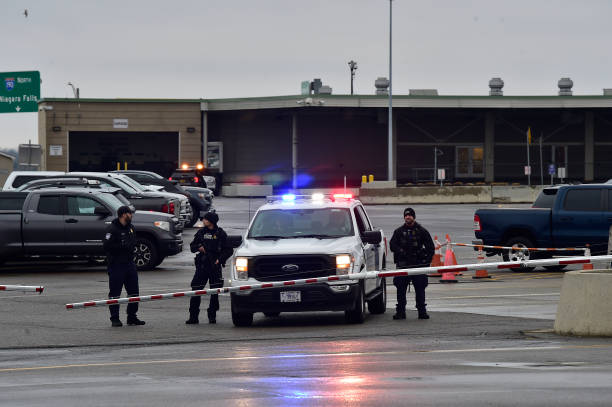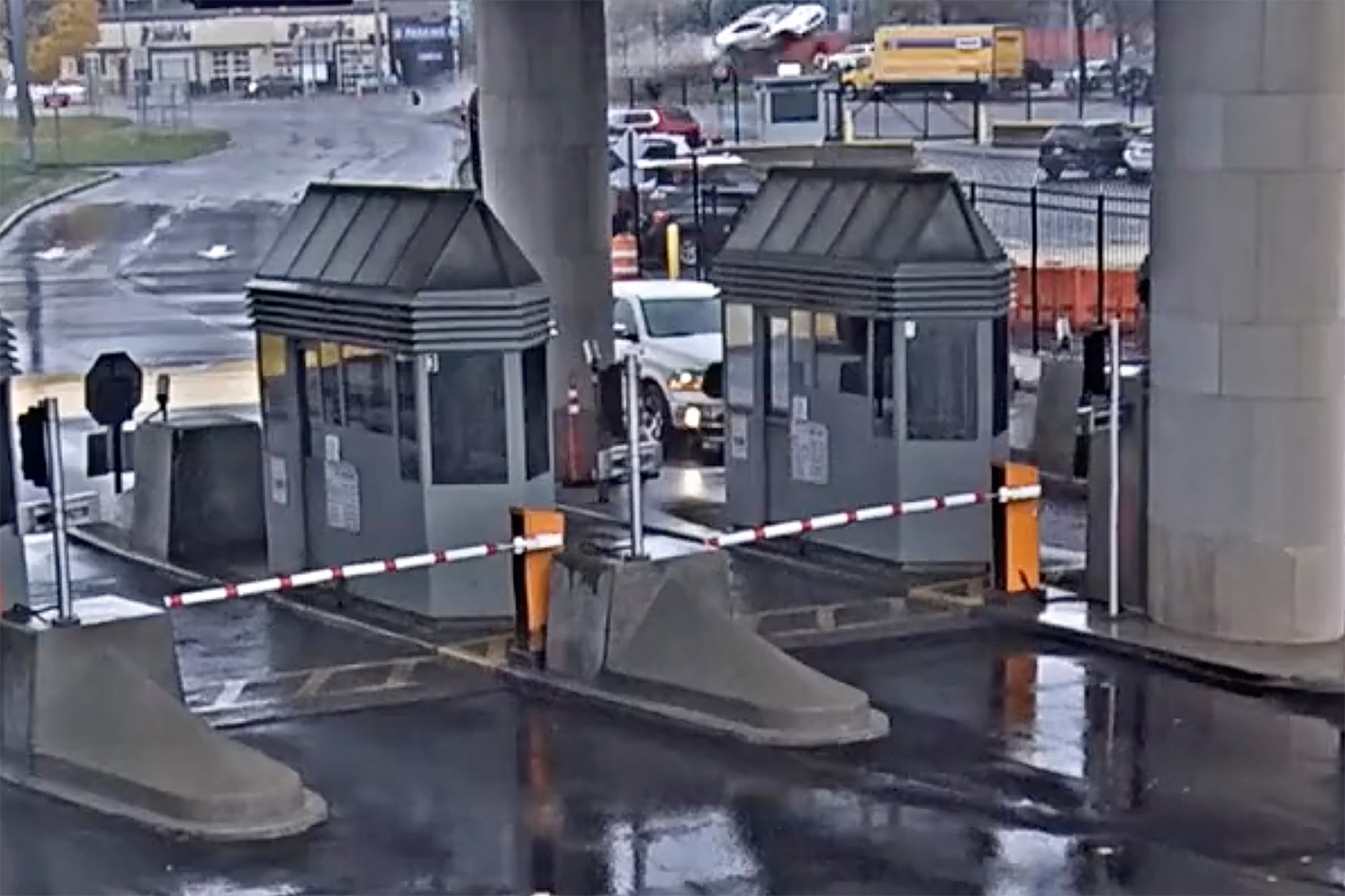Police use 3D scanners to create ‘digital crash scene’ following Rainbow Bridge explosion
The incident, in which two people were killed, occurred at the bridge at the US-Canada border crossing on Wednesday
Your support helps us to tell the story
From reproductive rights to climate change to Big Tech, The Independent is on the ground when the story is developing. Whether it's investigating the financials of Elon Musk's pro-Trump PAC or producing our latest documentary, 'The A Word', which shines a light on the American women fighting for reproductive rights, we know how important it is to parse out the facts from the messaging.
At such a critical moment in US history, we need reporters on the ground. Your donation allows us to keep sending journalists to speak to both sides of the story.
The Independent is trusted by Americans across the entire political spectrum. And unlike many other quality news outlets, we choose not to lock Americans out of our reporting and analysis with paywalls. We believe quality journalism should be available to everyone, paid for by those who can afford it.
Your support makes all the difference.Police are using 3D scanning technology to help create a “digital crash scene”, as the investigation into the Rainbow Bridge vehicle explosion continues.
The incident, in which two people were killed, occurred at the bridge at the US-Canada border crossing on Wednesday, sparking concerns over possible terrorist activity – though these suggestions were later dismissed by authorities.
On Friday the two occupants of the vehicle who were killed in the explosion were named as husband and wife Kurt P Villani and Monica Villani, with tributes pouring in from friends and neighbours.
According to Niagara Falls Police Department Chief John Faso, 3D scanners are now being used to help create a “digital crash scene” to help discover the cause of the crash.
"They take it to the scene, it scans the scene and reproduces a 3D image for them to work on of the entire scene," Mr Faso told NBC-affiliate-WGRZ.

There has been speculation that the driver of the vehicle may have suffered some sort of medical condition, causing the vehicle to crash.
Investigators are also probing as to whether a mechanical failure could be to blame, with experts suggesting that the vehicle’s Event Data Recorder (EDR) – which is similar to an aircraft’s “black box” – may be critical to discovering the cause of the crash.
Automotive analyst Lauren Fix believes that acceleration data recovered from the EDR may help investigators narrow determining factors of the crash.
"Every vehicle collects your data, that data is shared with the manufacturers," Ms Fix told NBC-affiliate-WGRZ.
"It knows steering input, because we have steer by wire, it has accelerator information. It would tell you if the pedal was put to the floor.
"They could actually see that the driver applied the accelerator pedal, not unintentionally, then it could have been [possibly] a medical issue. They’re going to have to make a decision based on the knowledge that they have."

Robert Restaino, the mayor of Niagara Falls, told The New York Times that the Bentley the couple was driving in was an older model and may have experienced some sort of mechanical glitch that caused it to suddenly accelerate as it approached the border checkpoint.
However, a spokesperson for the US arm of Bentley Motors told the outlet that the automaker was yet to hear from investigators about the incident.
Chief Faso said investigations were likely to take a while, adding: “This is not something that’s going to happen overnight. It’s a monumental task.”

Join our commenting forum
Join thought-provoking conversations, follow other Independent readers and see their replies
Comments